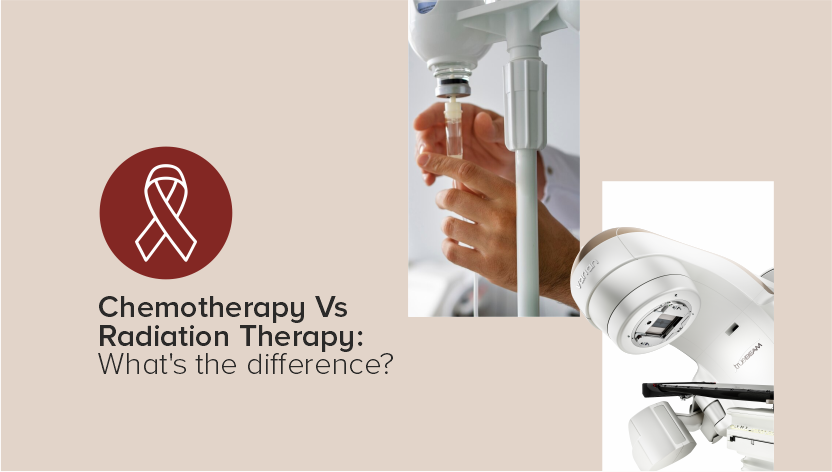When it comes to cancer treatment, two of the most commonly discussed options are chemotherapy and radiation therapy. While both treatments aim to destroy cancer cells and reduce tumor size, they operate through different mechanisms and have distinct applications, benefits, and side effects.
